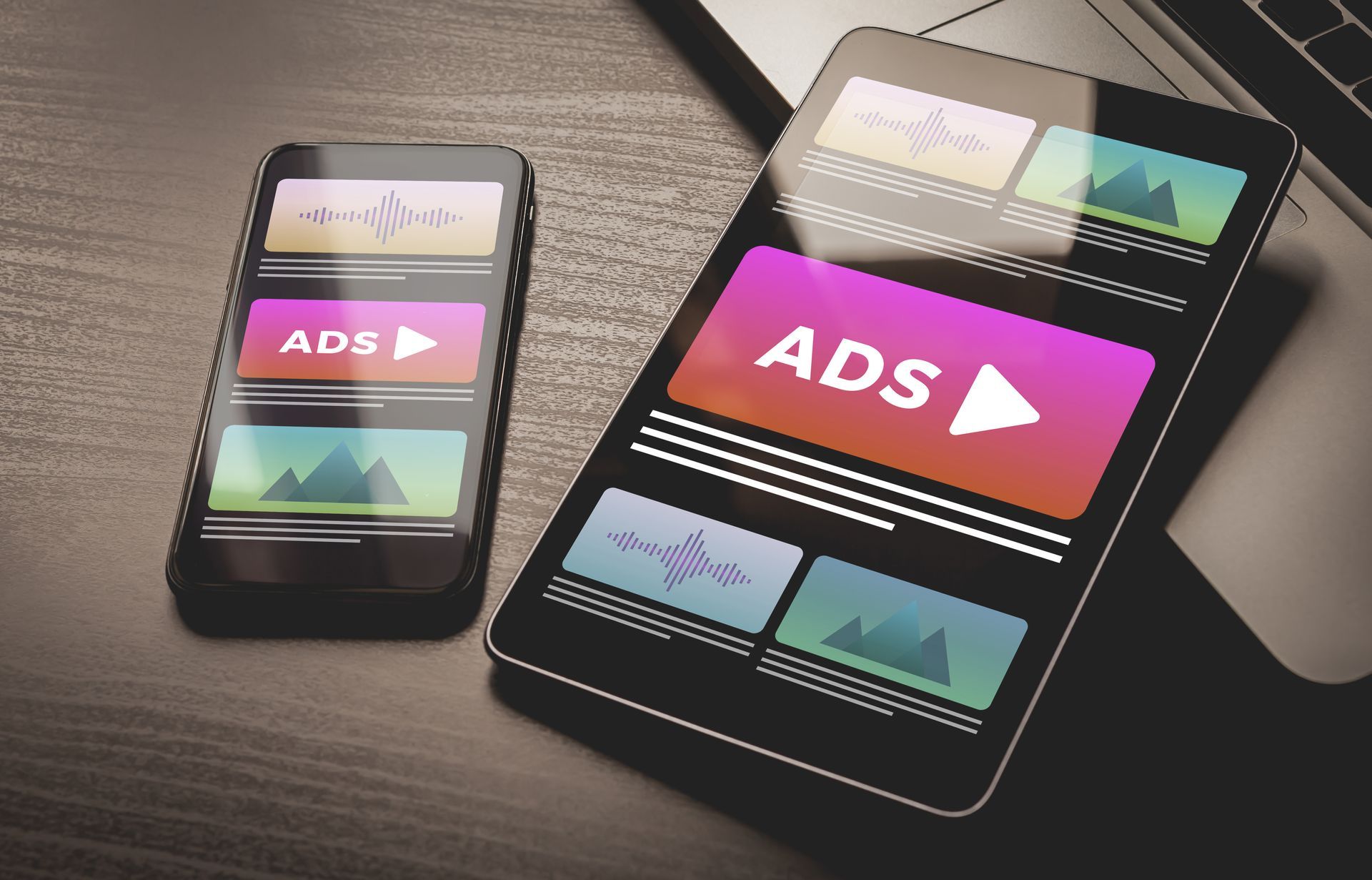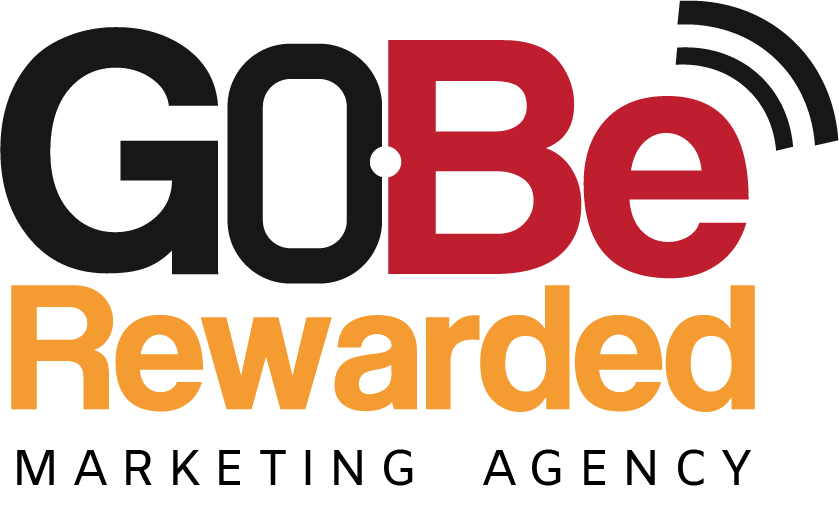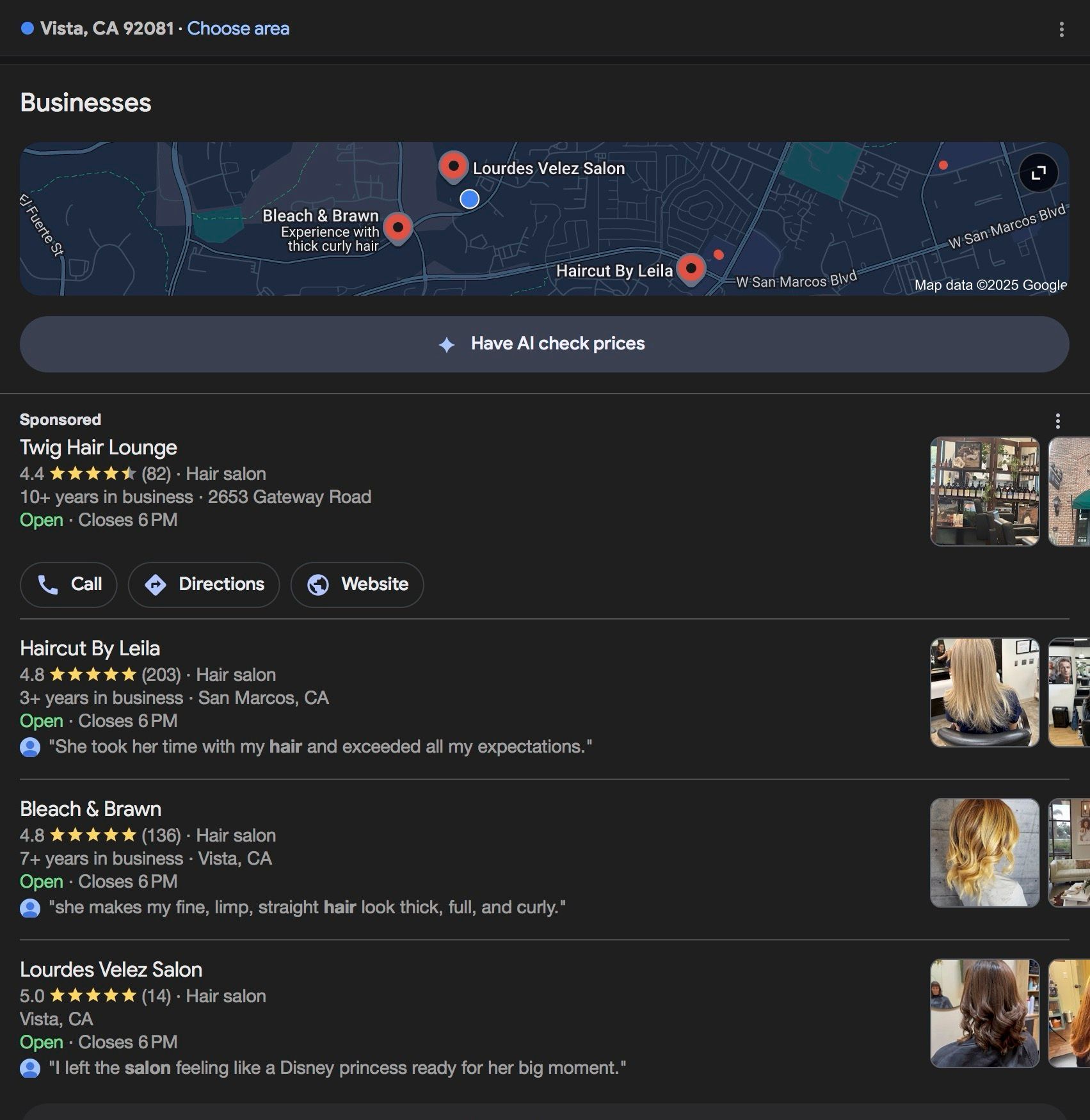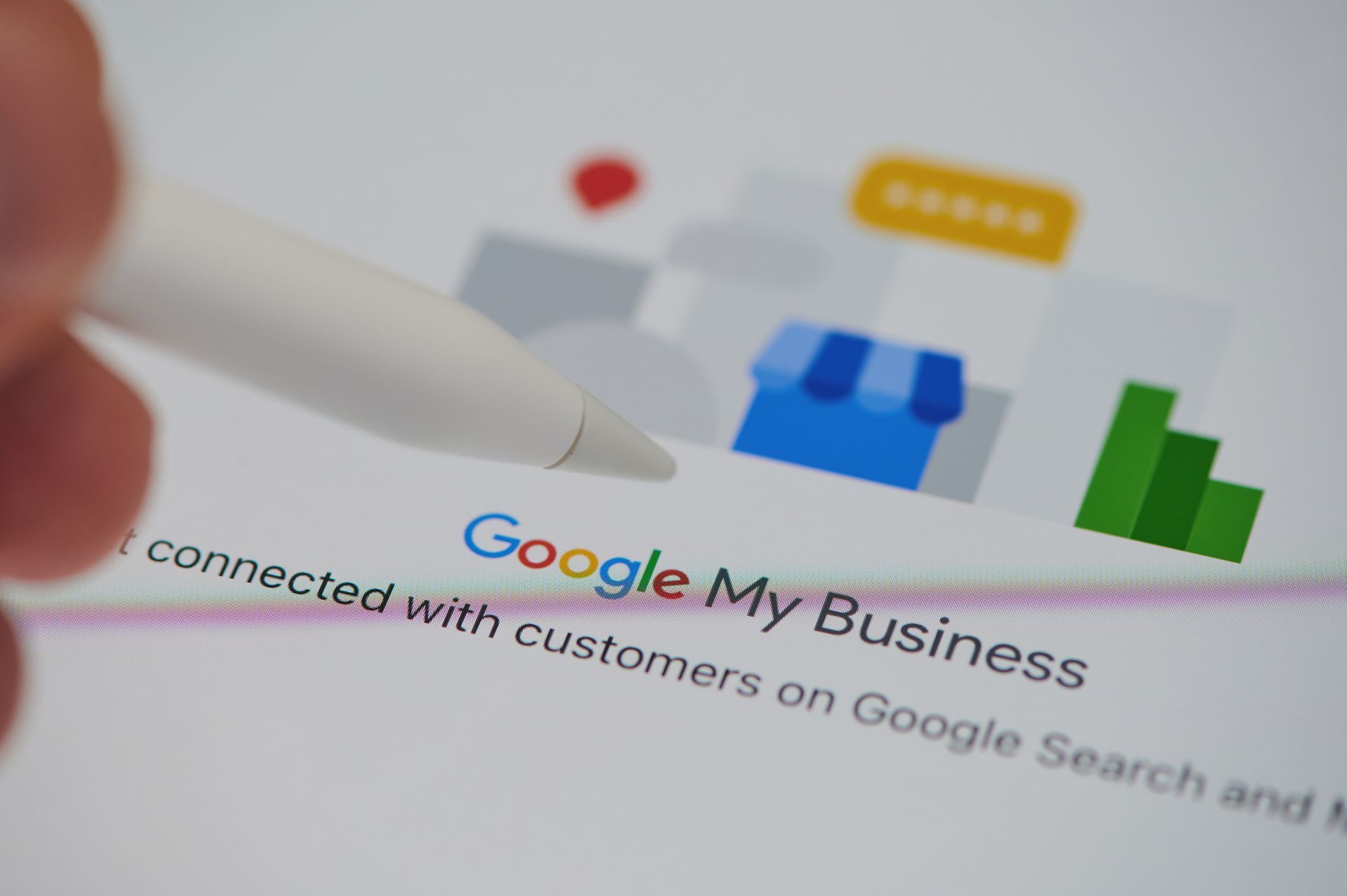Is ChatGPT the Future of Local Search? Not Quite Yet
ChatGPT has transformed how we search for information, from writing help to answering complex questions. It’s fast, conversational, and remarkably capable at understanding what we mean even when we’re vague. But when it comes to finding local businesses or services, ChatGPT isn’t ready to replace Google Maps, Yelp, or other local search tools just yet.
Here’s why ChatGPT is powerful but not perfect when it comes to local business discovery.
What ChatGPT Does Well
1. Personalized, Conversational Search
Unlike traditional search engines, ChatGPT lets you ask follow-up questions naturally. You can type:
“Find a good plumber in North County San Diego who’s great with older homes.”
Then ask,
“Which ones have good online reviews and offer emergency services?”
It remembers the context and refines results based on your needs. This human-like back-and-forth makes the search experience smoother and more intuitive than scrolling through endless links.
2. Helpful Summaries and Comparisons
ChatGPT can summarize information from across the web, including review articles, business descriptions, and FAQs, to give you quick insights. It can also explain what to look for when choosing a service provider, like verifying licenses, checking insurance, or reading detailed reviews.
3. Great for Learning, Not Just Listing
While Google gives you options, ChatGPT helps you understand them. It’s an excellent tool for researching how to evaluate a local business, compare pricing, or learn about industry standards.
Where ChatGPT Still Falls Short
1. Limited Access to Live Local Data
ChatGPT doesn’t have direct access to real-time business databases like Google Business Profiles, Yelp listings, or Apple Maps. That means hours, addresses, and even names can be outdated or inaccurate, especially for small or recently opened businesses.
2. No Map or Distance Awareness
You can’t sort or filter results by proximity, open hours, or customer ratings like you can on map-based platforms. So while ChatGPT can suggest businesses in your city, it can’t pinpoint the closest or best-rated one near you.
3. Occasional Inaccuracy or “Hallucination”
Because ChatGPT generates text rather than pulling directly from verified databases, it may occasionally create or mix up business names, addresses, or services. That makes fact-checking essential before taking action.
4. Lack of User Reviews or Real-Time Feedback
Online reviews are a key part of local search, offering insight into customer experiences. ChatGPT can summarize reviews, but it can’t yet show you live star ratings, photos, or verified user feedback.
The Bottom Line: ChatGPT Is a Research Partner, Not a Replacement
ChatGPT is an incredible assistant for understanding local industries, narrowing your search, and learning what questions to ask before hiring a professional. But it’s not yet a local search engine. For now, it works best when used alongside tools like Google Maps, Yelp, and Nextdoor.
The future of local search will likely blend the best of both worlds: AI’s conversational intelligence with live, verified local data. When that happens, finding the right business near you will be faster and more personalized than ever before.
